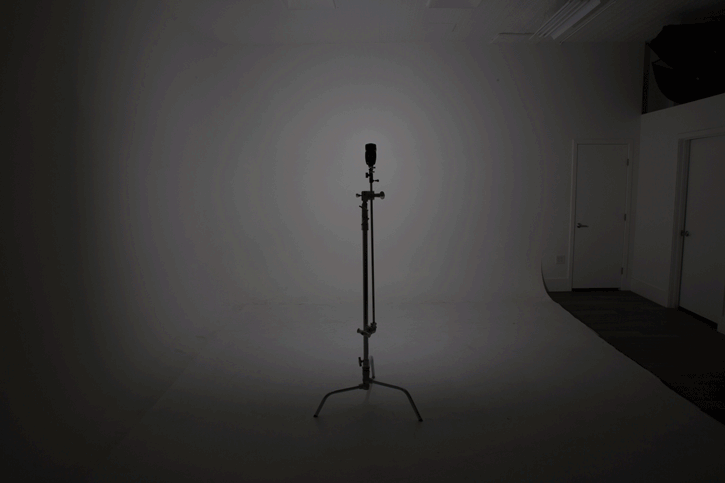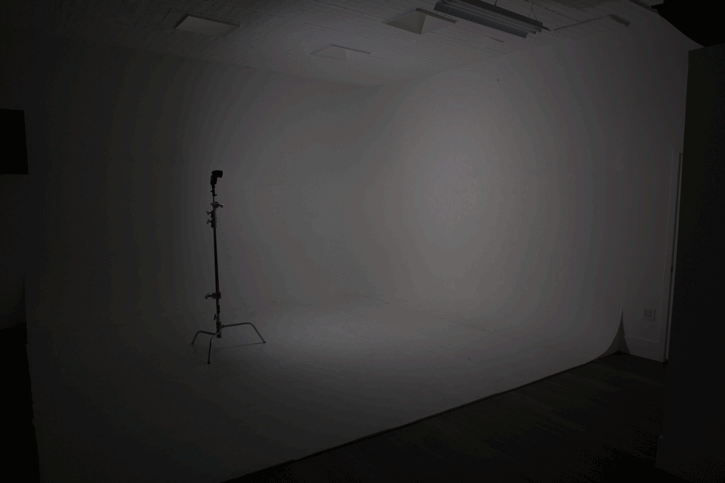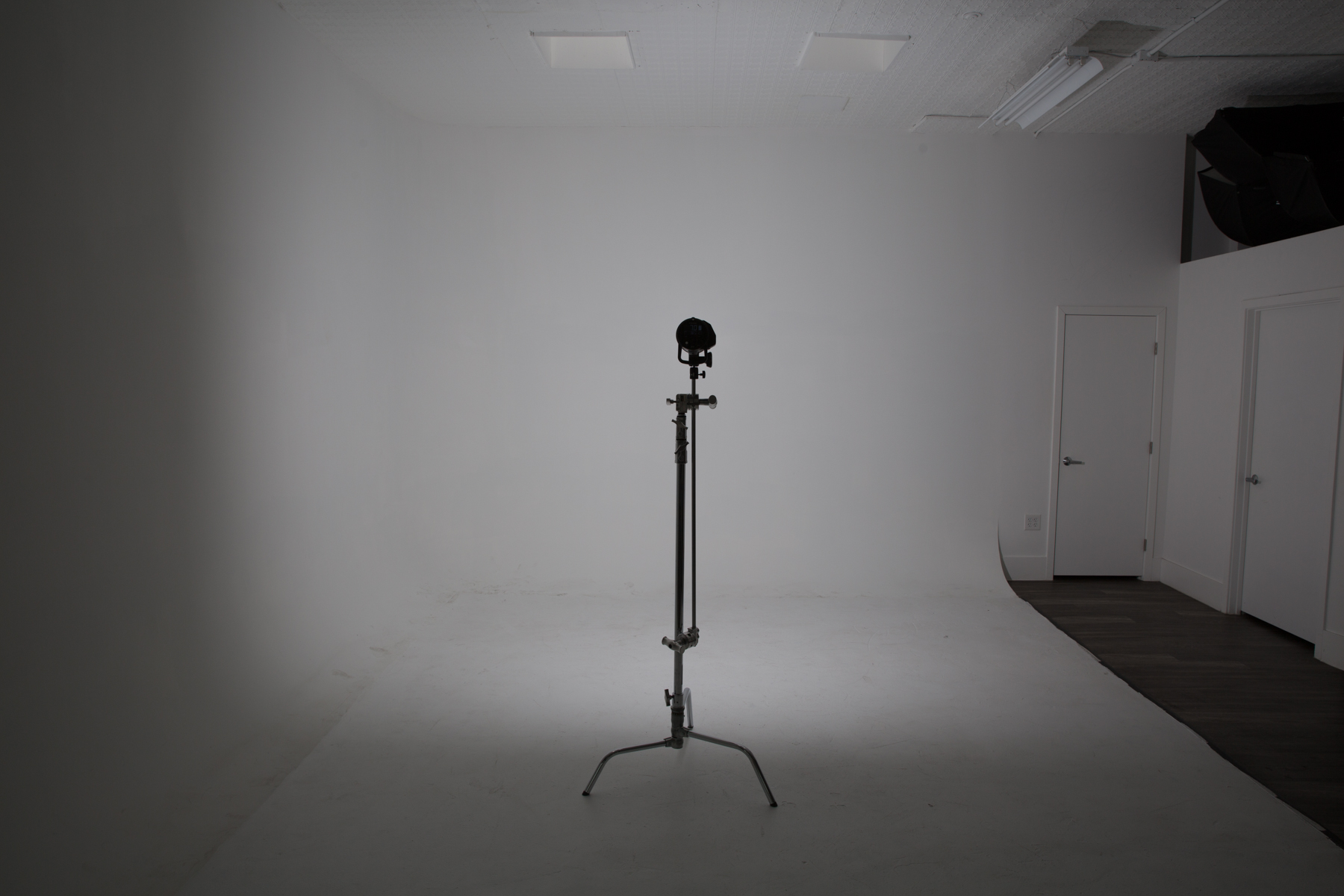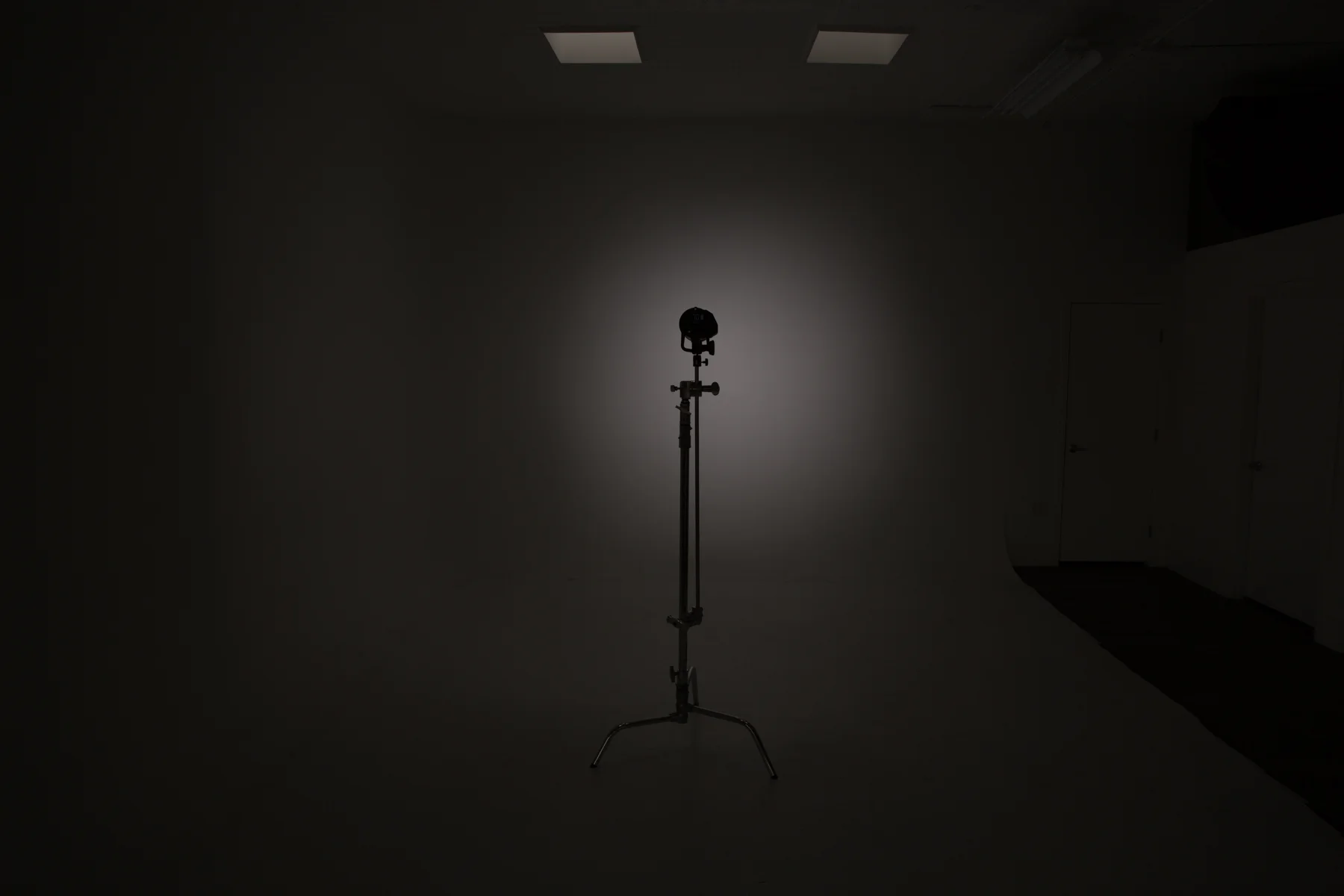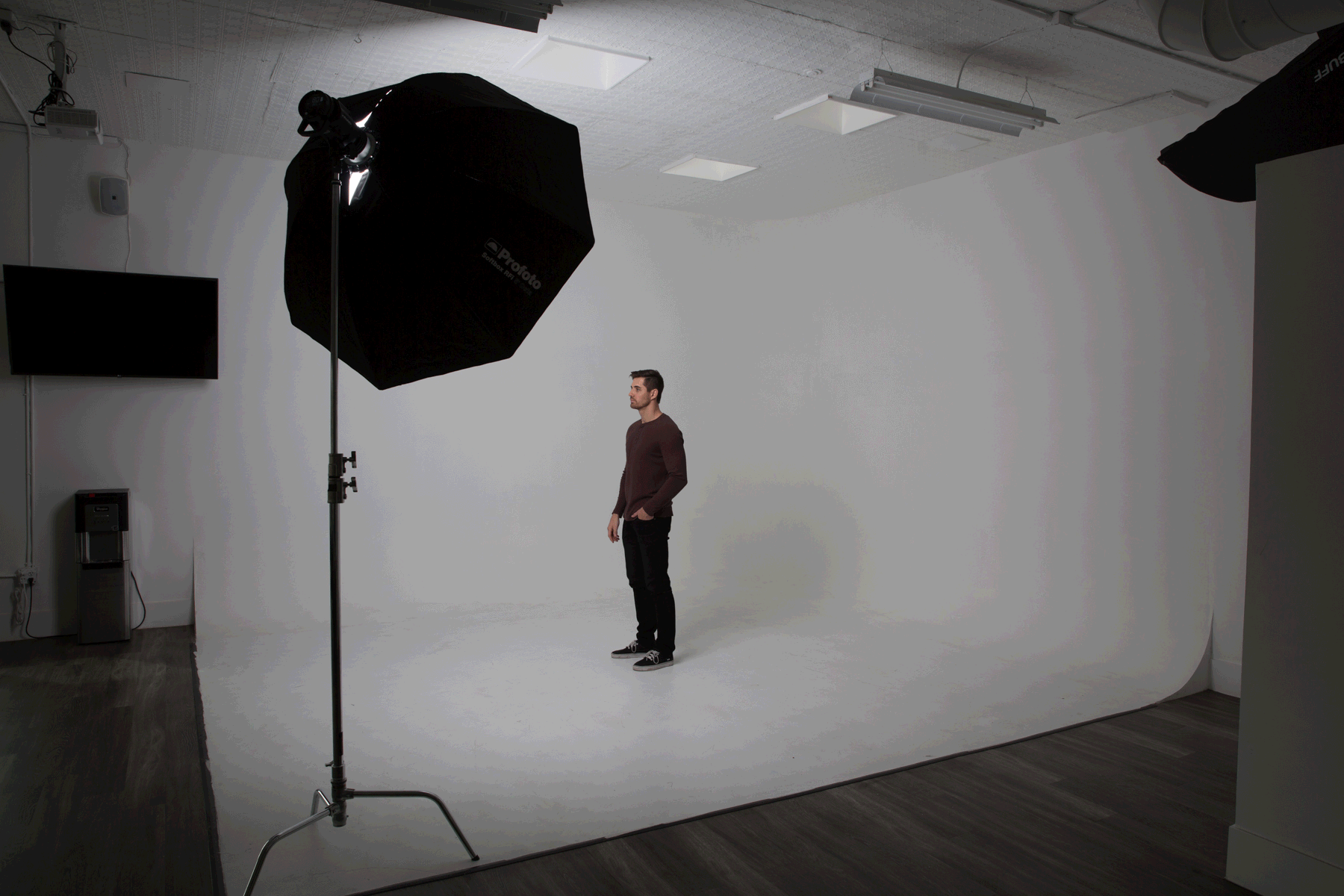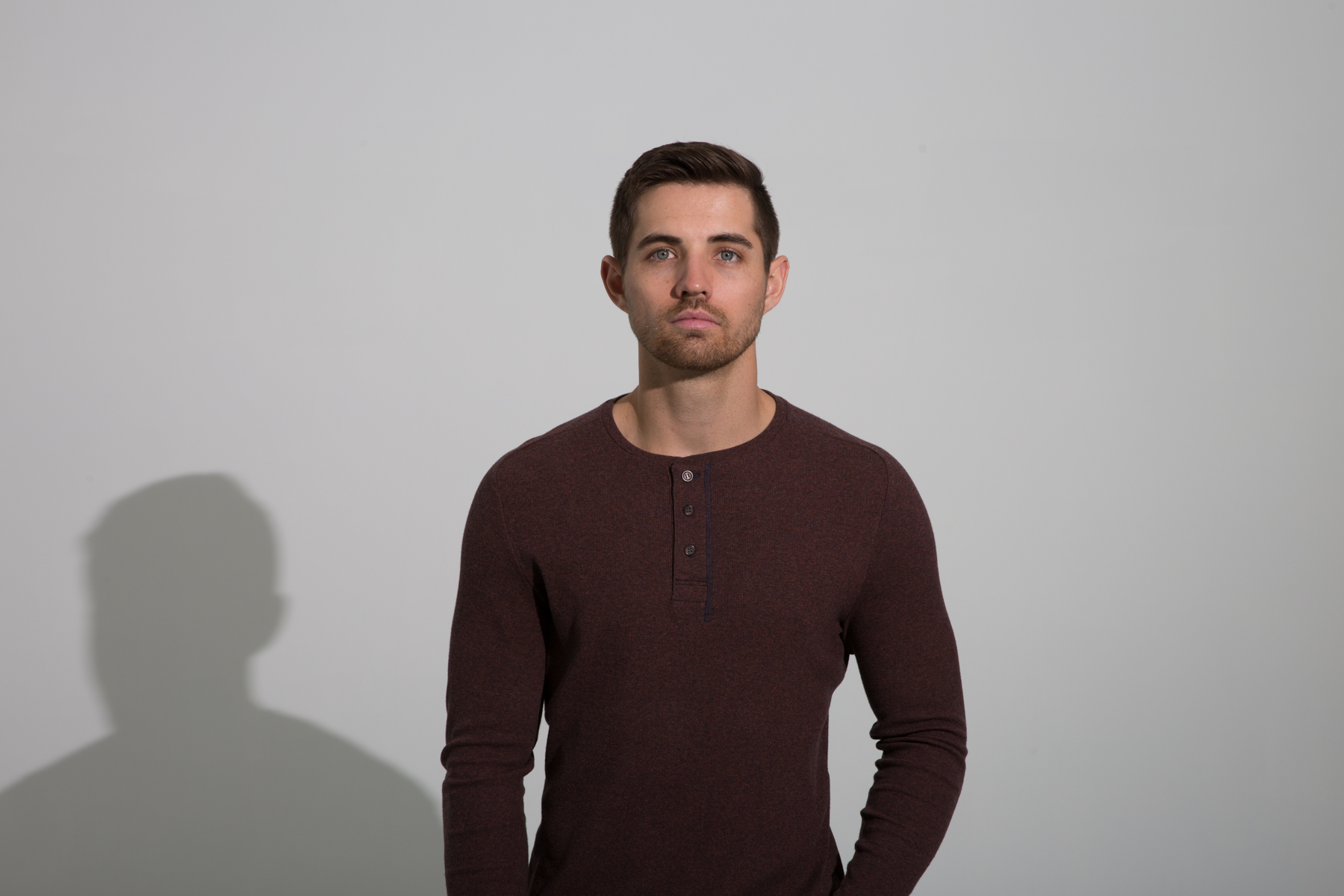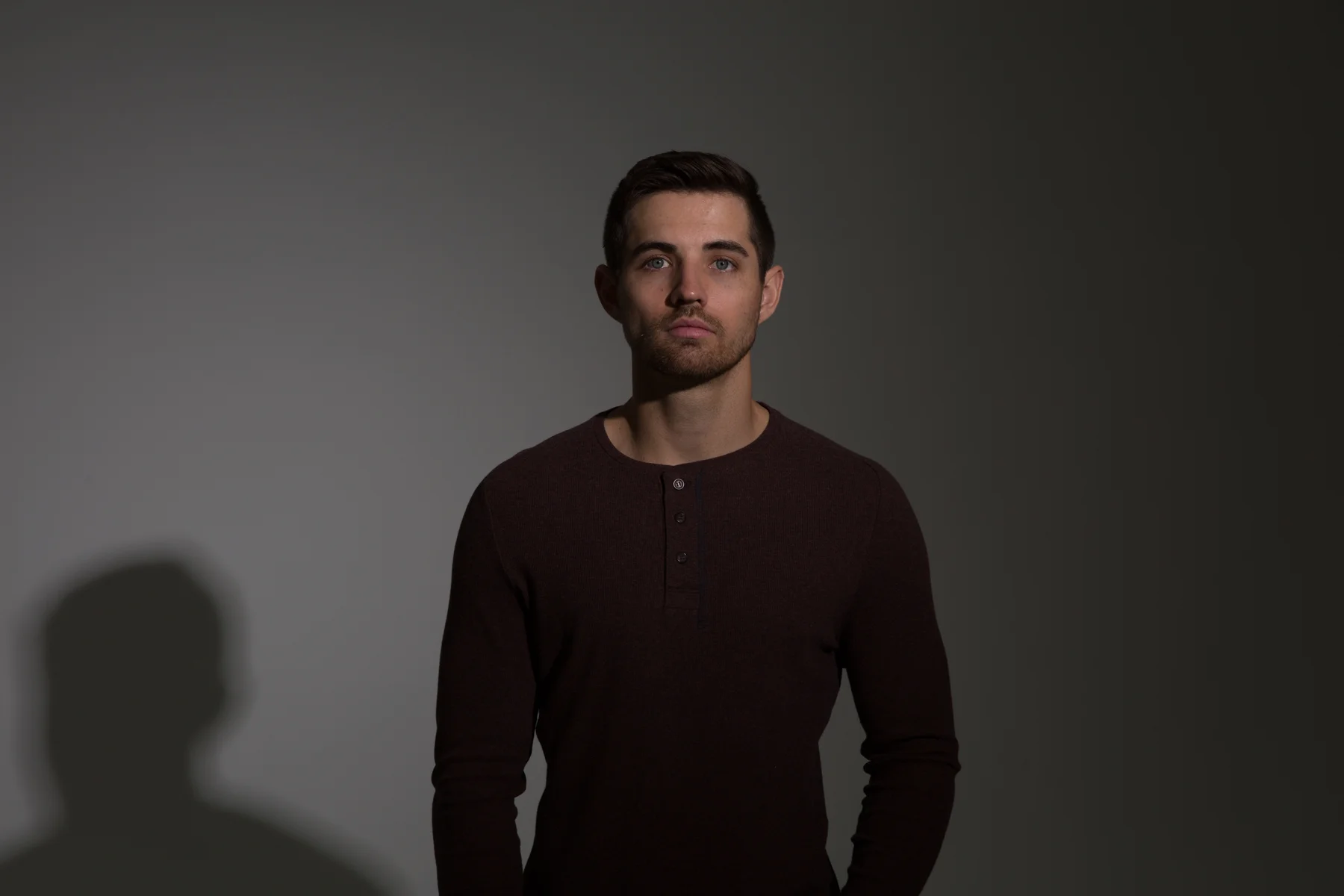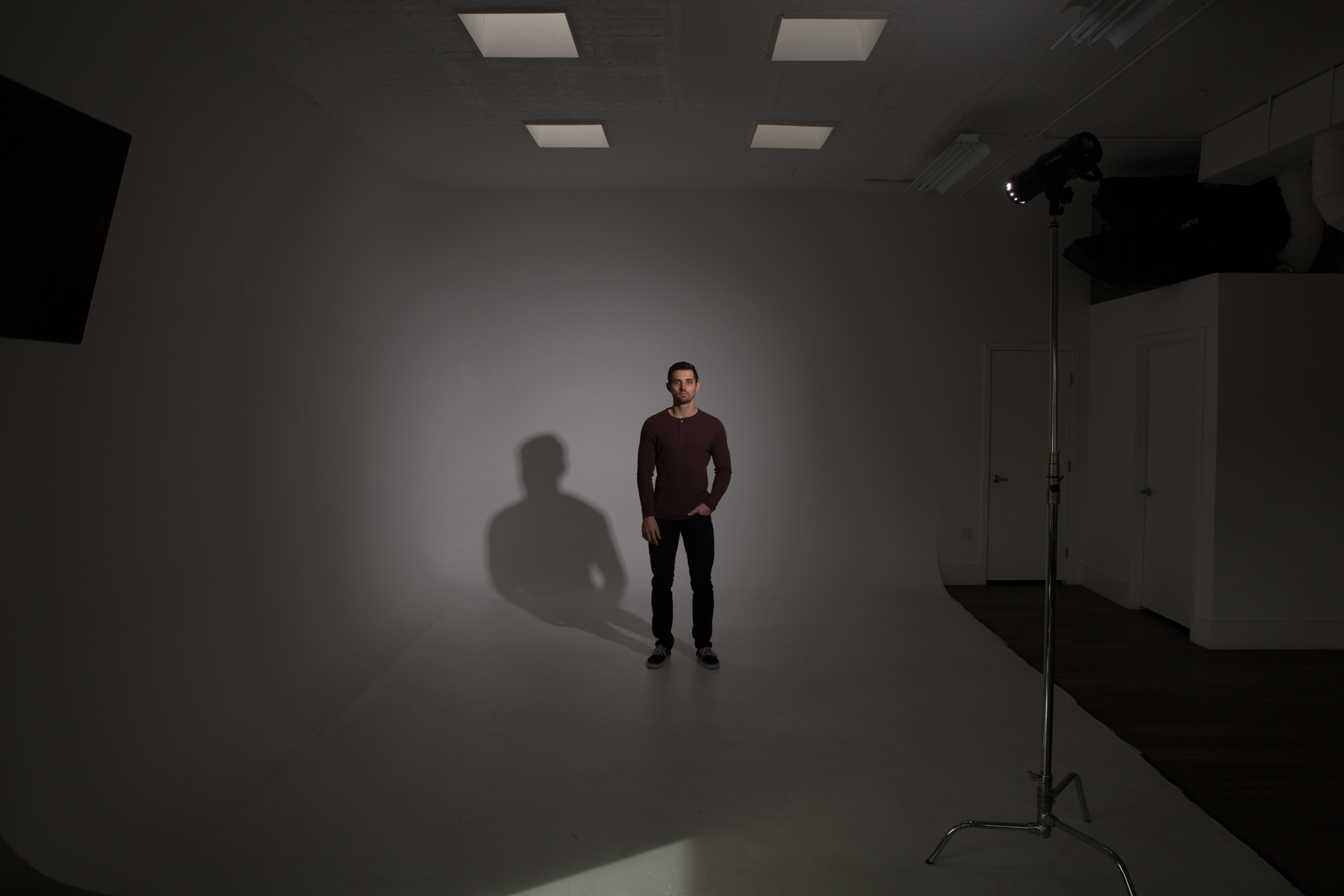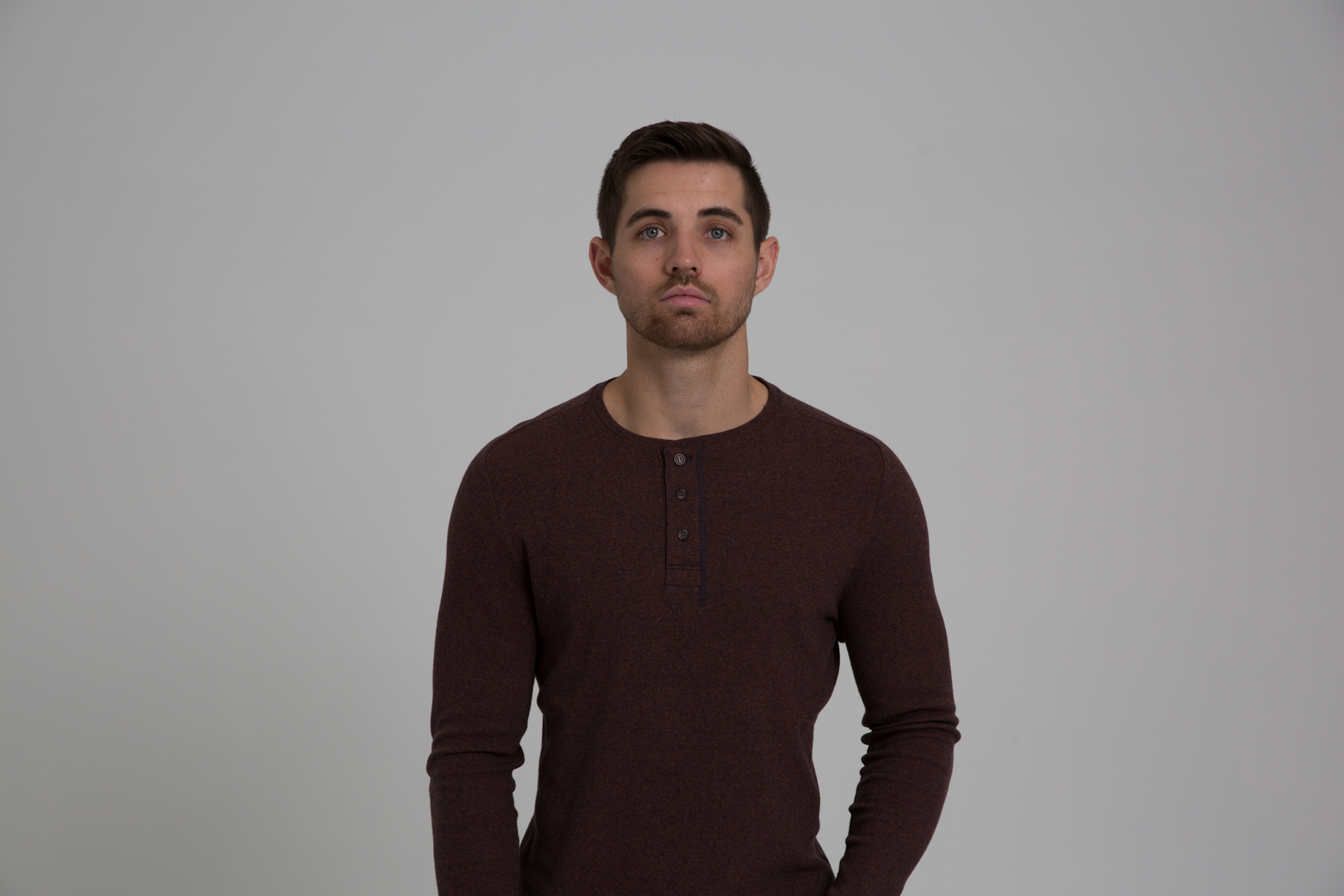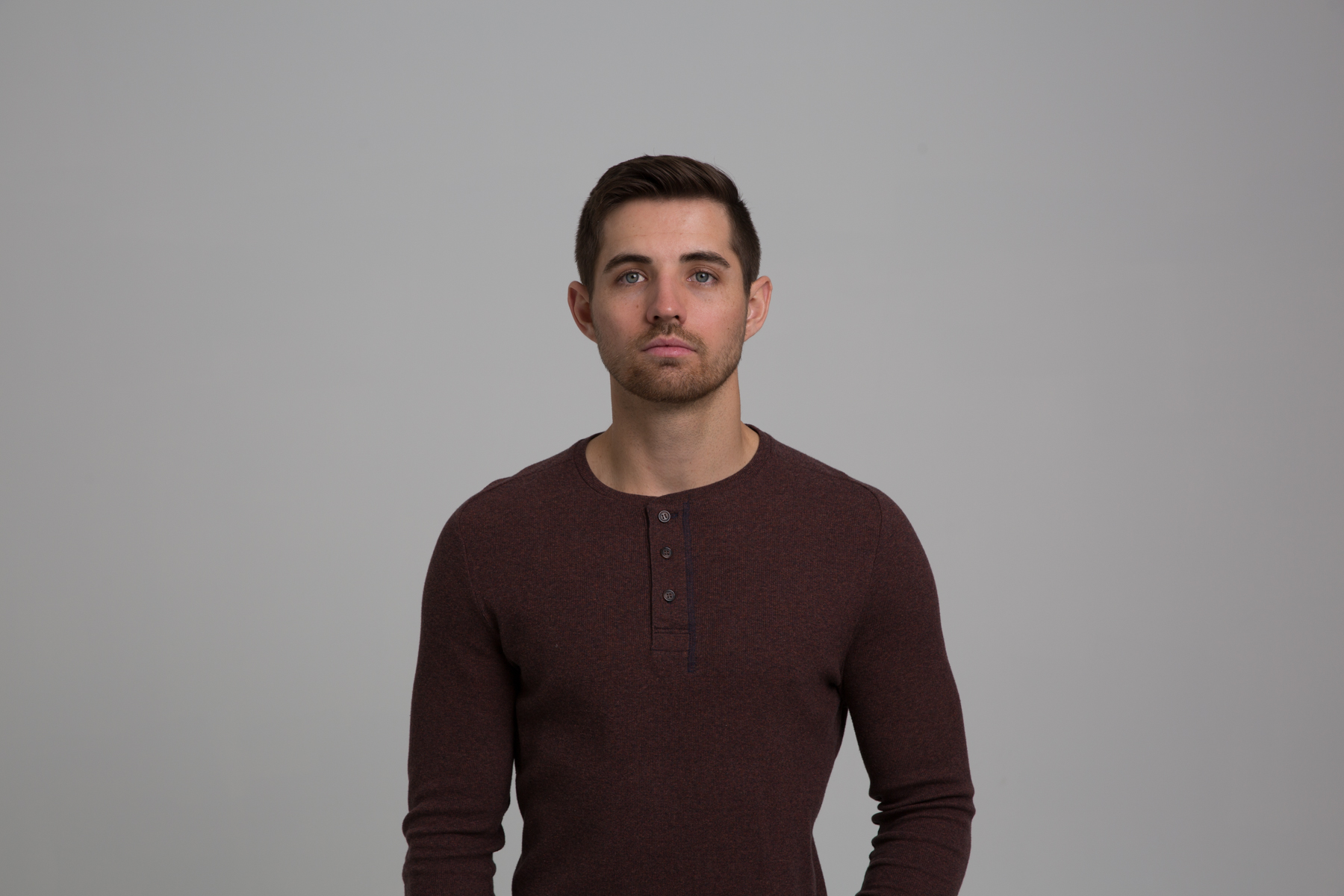The Question.
From the second you pick up a strobe the first question that usually comes to mind is " what modifier should I buy"? You begin to scour the internet browsing photographer's light setups to see what modifier " looks best". This is a sure way to ride a wave of anxiety until you crash with an uneducated purchase of a modifier that might not be the right modifier for you. Learning the light shaping dynamics of each modifier can help guide you in the right direction to buy a modifier that best suits your needs. For this blog post I wanted to give a very in your face visual breakdown of what different modifiers look like. This is not an analytical break down, and will not go into degrees of light spread, exact stop differences, light fall off, power settings, etc.. because to me none of that generally matters. What matters to me is how it actually looks on camera. I want to measure light fall off visually and not mathematically. I hope this breakdown aids you in the right direction when considering different modifiers.
Examples of different modifiers.
Light spread on a white wall straight on.
Light spread on a white wall 45 degree.
For these test I used Profoto lights and modifiers, but decided to throw in a Paul C Buff Einstein, Profoto A1, and a Canon 600EX-RT for some bare bulb tests. I tried to simplify this the best I could, from harsh to soft modifiers.
Because different modifiers emit more or less power than others I had to vary my aperture to try to keep a properly exposed image. Smaller and direct modifiers (such as zoom reflectors or small silver umbrellas) will allow more stops of light to reach your subject over larger diffused modifiers( such as XL Deep White Umbrella), provided all the settings remain the same. Even a XL Deep White Umbrella vs a XL Deep Silver Umbrella will have about a 1.3 stop difference due to the silver bouncing back more light, so even though the modifiers are the same size, the reflective material will effect how powerful the modifier will be. All of these variables are things to keep in mind when buying a modifier. If you shoot outside a lot and need the most power from your strobe to compete against the sun then a small or silver modifier might be the right tool for the job.
But with the pros of silver or small modifiers such as more power, comes the cons of having more of a hot spot. A hot spot is the exposure difference from the center to the outside of where the light falls. This is when people say that modifier gives more of a contrasty look, it means the light spread transitions quickly from the center to the outside. If even lighting a something you desire then a white or diffused modifier might be the right tool for the job.
The devil is in the details. Yes light is light, but when selecting modifiers you might want a light thats not too flat, but not too contrasty. This is where the science of mathematics comes into play for light shaping companies. They generally aim to having smooth transitions of the light spread, even when it comes to harsh modifiers. Its how the light falls that will determine if the modifier is the right tool for the job. I lean towards Profoto modifiers because of how well they handle the even light spread under soft and harsh conditions.
Control factor.
The control factor for these tests was the light to subject distance. The X factor was the modifiers. This was the best way to show the difference from modifier to modifier on an equal playing field. But this does not do each modifier justice. For example a beauty dish is not meant to light full body and the further the beauty dish is from the subject the more the middle plate from the dish blocks the center of the light(almost a reverse hot spot). So for this test the beauty dish does not look appealing, but if we were to evaluate the modifiers at 2 feet away from the subject, the beauty dish might prevail to be one of the better modifiers.
Light spread on a blank wall, shot straight on and at a 45 degree angle.
Profoto B1X - Power 8
f6.3 - f13 - varied by modifier. About a 2 stop difference between the extremes of modifiers.
1/160
iso100
Modifiers for your modifiers.
Grids - Channels and focus light spread.
Diffusion socks - Reduces hot spots, spreads light more evenly.
Light spread straight on.
Light spread 45 degree.
Light on subject.
Light Spread on Subject.
For these test I used Profoto lights and modifiers, but decided to throw in a Paul C Buff Einstein, Profoto A1, and a Canon 600EX-RT for some bare bulb tests.
Use this guide to evaluate the light spread and how the light falls on the subject for each modifier.
Power 8
f6.3 - f13 - varied by modifier.
1/160
iso100
Most versatility.
I think what I found most interesting about this testing was even though a modifier is large it does not mean that it will be soft. The XL Deep Silver umbrella w/o diffusion is by no means a soft modifier even though its nearly 6' tall.
If you are looking to invest in one modifier but want versatility the I would recommend a silver modifier with the diffusion.
The XL Deep Silver Umbrella w/ diffusion mimics a XL Deep White Umbrella w/ diffusion.
So if versatility is what you seek a silver modifier with diffusion might be the right modifier for you.
XL Deep Silver w/ Diffusion - f8
XL Deep Silver w/o Diffusion - f13
1.33 stop difference
Direct vs Indirect.
Both these modifiers are roughly the same size, both white, but the Octobox shoots light directly to the subject where the L Deep White Umbrella w/ Diffusion shoots the light back into the modifier and bounces back to the subject.
L Deep White Umbrella w/ Diffusion - f6.3
5' Octobox - f8
.67 stop difference
Harsh white vs harsh silver.
Both of these modifiers are considered on the harsh side of the spectrum. But as you can see the silver umbrella provides a vary different spread of light vs the beauty dish. As I stated earlier though the beauty dish is not meant for full body which drasticaclly will effect how you should view this comparison.
Beauty Dish - f6.3
S Deep Silver Umbrella w/o Diffusion - f8
1.3 stop difference
My 2 cents.
If you have 1 strobe and can only invest into 1 modifier I would Invest in a L or XL Deep Silver Umbrella w/ diffusion. As I mentioned you can achieve 2 looks with one modifier.
If you own 2 strobes or can invest into 2 modifiers I would reccomend a harsh small and a large soft modifier. This can be paired in various ways such as a beauty dish with a XL Deep White Umbrella, or a Small Deep Silver Umbrella with a 5' octobox. With is you can have a diverse amount of setups at your disposal with minimal gear.
Hope you found this helpful when looking at modifiers. Please ask any questions you may have.
Next post I will be comparing the Profoto A1 to the Canon 600EX-RT.
Shoutout to my friends at Think Tank. I use the Production Manager 50, Airport security 3.0, and travel bag to transport all my gear and keep it safe and protected.











